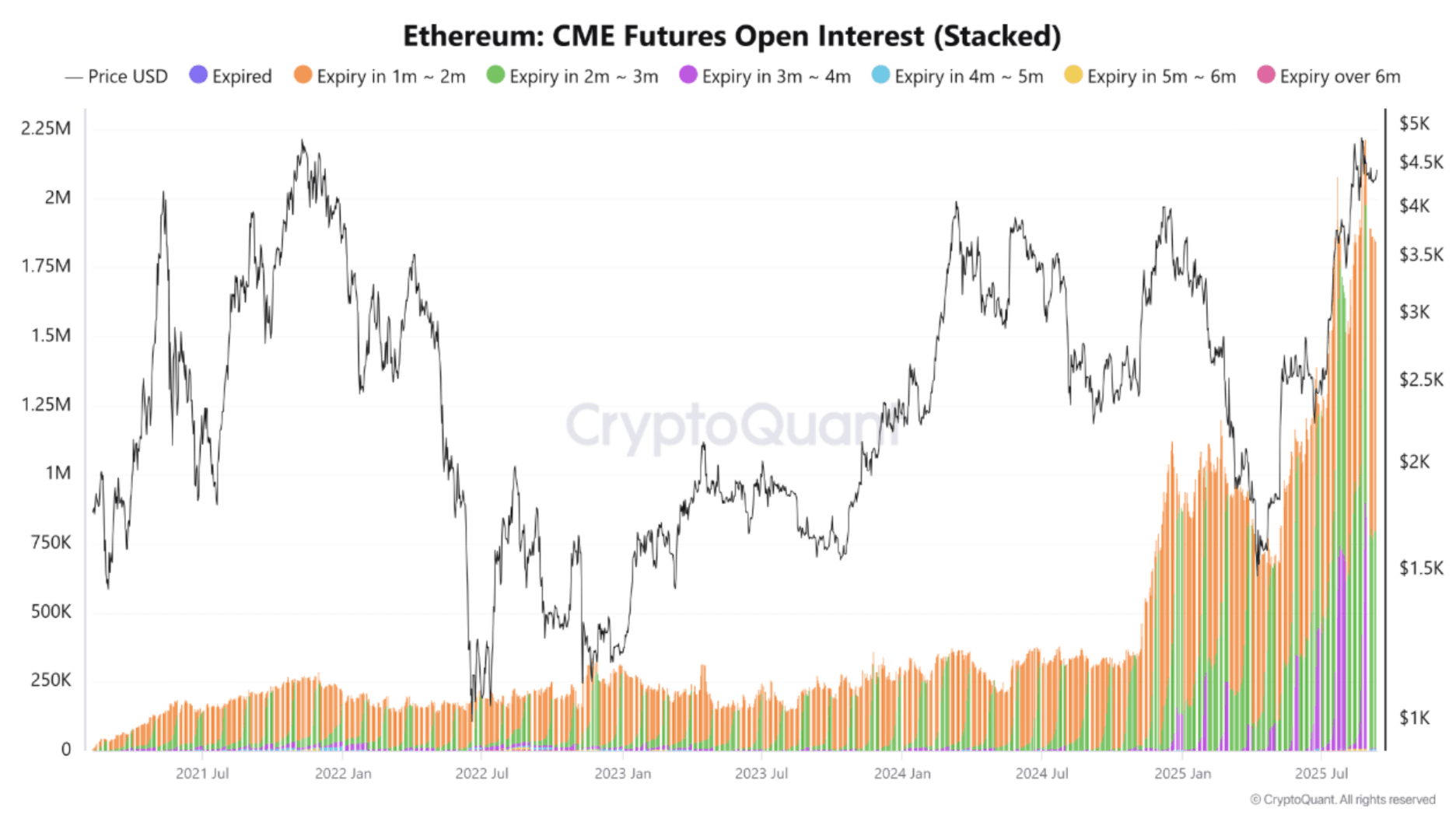Global Trade War Concerns Spark Cryptocurrency Market Correction
Major Tokens Slump as Trade War Fears Grow
Major tokens in the cryptocurrency market slumped more than 25% in the past 24 hours, as a new wave of tariffs imposed by the United States on Canada and Mexico sparked concerns of a global trade war. The move has soured sentiment for risk assets, leading to a significant correction in the cryptocurrency market.
Market Capitalization Falls 12%
The overall market capitalization of cryptocurrencies fell 12%, the worst fall in over a year, while the broad-based CoinDesk 20 (CD20) lost 10%. Bitcoin (BTC) dropped 6%, while XRP, dogecoin (DOGE), and Cardano’s ADA fell more than 25% to reverse all of the gains since December, reaching pre-U.S. election levels from early November.
Futures Markets Reflect Losses
Futures markets reflected these losses, with traders of ether (ETH)-tracked products losing over $600 million in the past 24 hours, majorly in early Asian hours. XRP and DOGE bets lost a cumulative $150 million, altcoin-tracked products lost $138 million, and ether-tracked futures lost $84 million.
Total Liquidations Reach $2.2 Billion
Total liquidations crossed $2.2 billion, the highest this year and among the biggest such levels in the past year. The largest single liquidation order happened on Binance, a tether-margined ETH trade valued at $25 million.
Traders Warn of Further Losses
Some traders cautioned of further losses as the week progressed. “While BTC has fallen over 8% over the weekend, it was Ethereum that shocked the market with a straight 20% decline and it’s behaving like an altcoin on the downside without the benefit of long-term institutional inflows and a lack of near-term catalysts,” Augustine Fan, head of insights at SignalPlus, told CoinDesk in a Telegram message.
Massive Long Futures Liquidation
“Massive long futures liquidation was observed over the weekend with over 2 billion in futures stop outs over the past 24 hours, the sharpest liquidation event in crypto history. Markets are likely to be in a full risk-off mode as we await the US equity market open,” Fan added.
Trade War Concerns
The market correction stems from a trade war that U.S. President Donald Trump has seemingly ignited with 25% tariffs being placed on Canada and Mexico. The move has caused immediate disruptions in North American trade relations, with both countries threatening retaliatory tariffs.
Economic Concerns
Financial markets are concerned about the potential for increased costs on goods, impacting industries from automotive to agriculture. The interconnected economies of these nations suggest that this tariff imposition could lead to a broader economic slowdown, threatening jobs and raising costs for consumers.
Conclusion
The cryptocurrency market correction is a reflection of the growing concerns about a global trade war. The tariffs imposed by the United States on Canada and Mexico have created uncertainty and volatility in the market, leading to a significant decline in the value of major tokens. As the situation continues to unfold, investors are advised to remain cautious and monitor the developments closely.
FAQs
Q: What triggered the cryptocurrency market correction?
A: The market correction was triggered by the imposition of 25% tariffs by the United States on Canada and Mexico, sparking concerns of a global trade war.
Q: Which cryptocurrencies were affected the most?
A: Major tokens such as XRP, dogecoin (DOGE), and Cardano’s ADA fell more than 25% to reverse all of the gains since December, reaching pre-U.S. election levels from early November.
Q: What was the impact on futures markets?
A: Futures markets reflected the losses, with traders of ether (ETH)-tracked products losing over $600 million in the past 24 hours, majorly in early Asian hours.
Q: What was the total liquidation amount?
A: Total liquidations crossed $2.2 billion, the highest this year and among the biggest such levels in the past year.
Q: What is the outlook for the cryptocurrency market?
A: The outlook for the cryptocurrency market is uncertain, with investors advised to remain cautious and monitor the developments closely as the situation continues to unfold.










